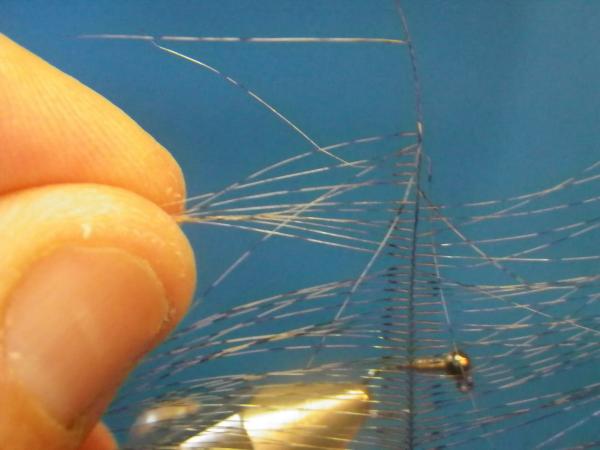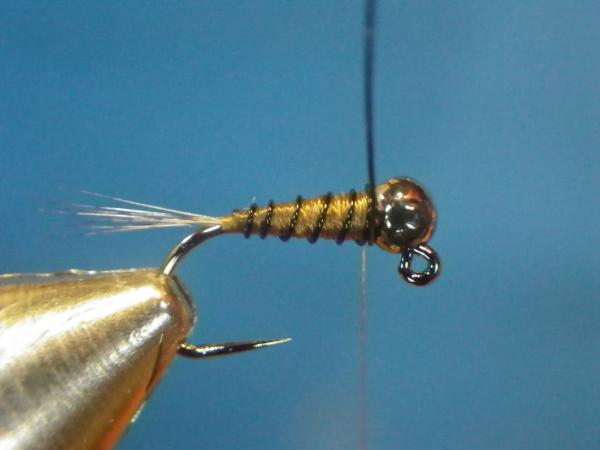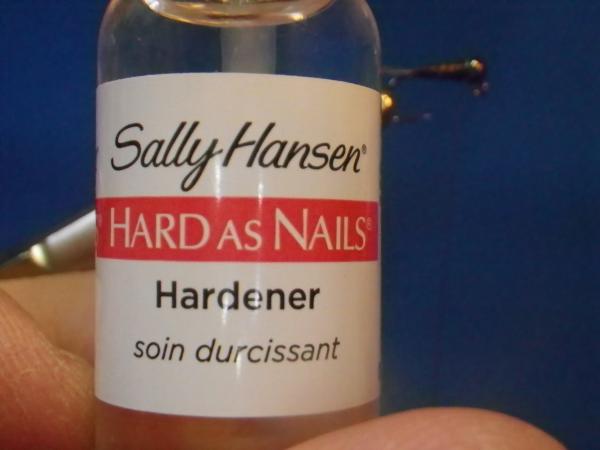Archives of Loren Williams Fly Tying Tutorials.
LW's Intestinal Bug
All fly anglers have thier favorite baetis nymph: this one is mine. Beatis spp. inhabit nearly every watershed I have fished. This, coupled with the insect's propensity to undertake massive behavioral drifts where nearly ever nymph relocates and becomes present in the flow of the stream for a period of time, makes this a very important bug to emulate.
Now, I am certainly not an imitative nymph tier so I understand, and agree, that LW's Intestinal Bug is not a perfect match for a baetis nymph. I worked through many thread and wire color combinations and dubbing/hot spot effects to settle where I have. This pattern is suggestive of many of the immature mayfly nymphs out and about when our spring blue-wings start to show, and I feel it does a fair job passing for the slim, dark-olive BWO nymphs I am used to seeing.
It's contruction allows this small fly to be fished deep if needed, rolled through active riffles, and animated. It's a quick and durable tie which withstands being removed and applied to many fish as well as incidental or intentional contact with rocks. The slight UV collar adds just enough accent to hopefully make it stand out from the hundreds of naturals-a trigger I do feel is important.
You are likey to find this bug on my leader at any time, but especially so in the spring and fall. If you catch this bug, it will return the favor.
MATERIALS
Hook: TMC 403BLJ (#14-#16); Mustad R50X (#18)
Weight: Black nickel slotted tungsten bead, lead wire
Thread: Dark olive 6/0
Tail: Pardo coq de Leon
Rib: Black wire
Abdomen: Dark Olive 6/0
Thorax: Dark olive UV Fine Flash (avail. at Performance Flies)
Click photos to enlarge.

Slide the slotted tungsten bead aboard and lock the hook in your vise.

Select a length of wire appropriate for the number of IB's you'll be tying. Match the wire diameter to that of the hook's wire.

Place 6-7 wraps around the hook and then slide them tightly up against the bead.

Affix your thread behind the lead wire.

Wrap forward to the bead to seal the lead and then wrap back to the start of the bend.

Pardo CdL feather prepped...

Pinch down on the tips of a small group of fibers, 6-8 is about right for this #14. This keeps the tips even.

Clip them away from the stem. For some reason I have not had good luck "pulling" CdL fibers from the stem by hand as the entire quill seems to strip away instead of the group of fibers I want.

Switch the bundle to your bobbin hand and measure the fibers to equal 3/4 the length of the hook.

Secure the bundle atop where you left the thread hanging with a few pinch wraps.

Bind the bundle atop the shank until you near the lead wire.

Clip the excess even with the lead wire so that you have a fairly smooth transition.

Clip a section of black wire. I'd drop to the small size for #16 and smaller. Like the wire, use a length appropriate for the number of flies you'll be tying in order to eliminate waste.

Lock the wire in just behind the lead.

Bind it to the rear, ending at the start of the tail. This will act further so build a nice tapered underbody. Place the wire in your material clip for later use.

Build a smooth, thin body with thread-taking care to cover the lead wire fully.

Wrap the black wire forward to the bead in even, open turns. Shoot for 5 to 6 wraps.

Final wrap passes over the hook and behind the thread, then crosses the thread from underneath, angle up and back and two thread wraps locks it in place.

Break the wire off (or cut with old scissors). Typically, I am tying multiples of these flies so I'd whip the thread and cut it off, hank the fly on a cork and then start the next. Once I get them all to the point I'd procede with the next step (with them all stcuk in the cork).

My cement/lacquer of choice.

Apply two thin coats of HAN, allowing it to penetrate and dry between coats. This will darken the thread to exactly where I want it, make it bulletproof, and add some sheen.

Once dry, reattach the thread behind the bead.


Apply a sparse amount of the UV Fine Flash to a short section of thread.

Using your thumb and finger, tightly spin the dubbing-in one direction only-onto the thread forming a tight noodle.

Wrap a narrow, tight collar immediately behind the bead, whip finish, and clip the thread.

An Intestinal Bug all set to infect a trout!